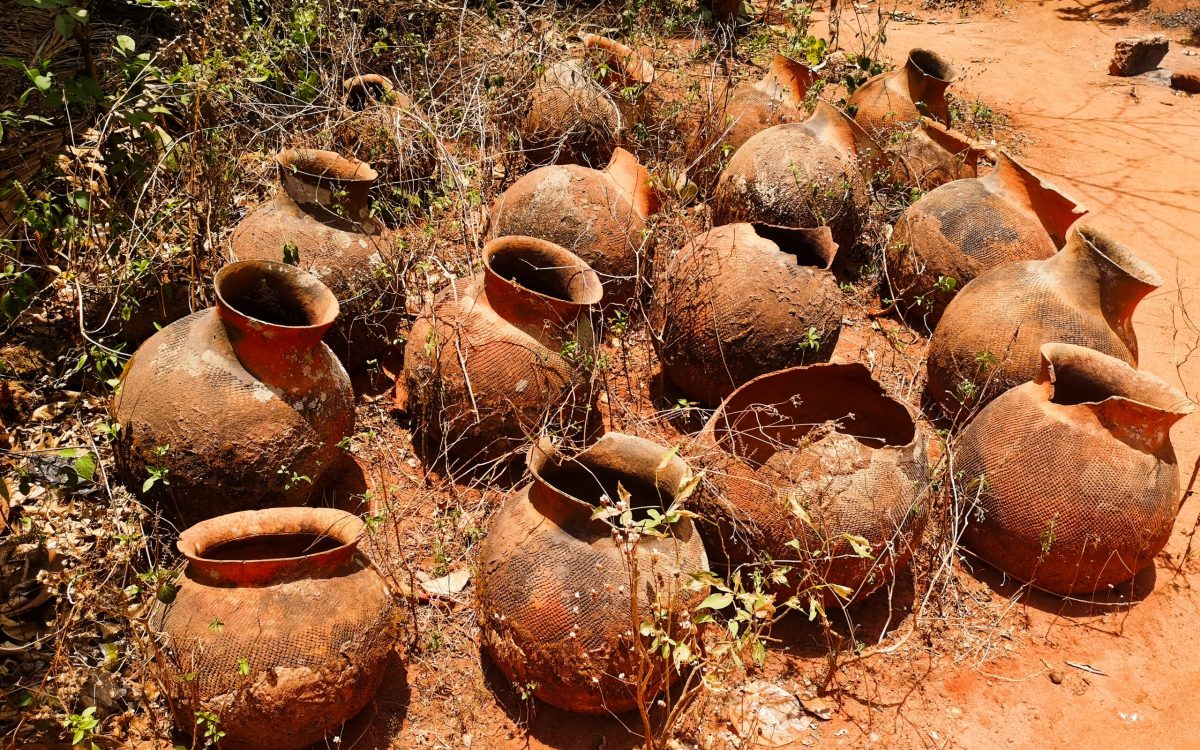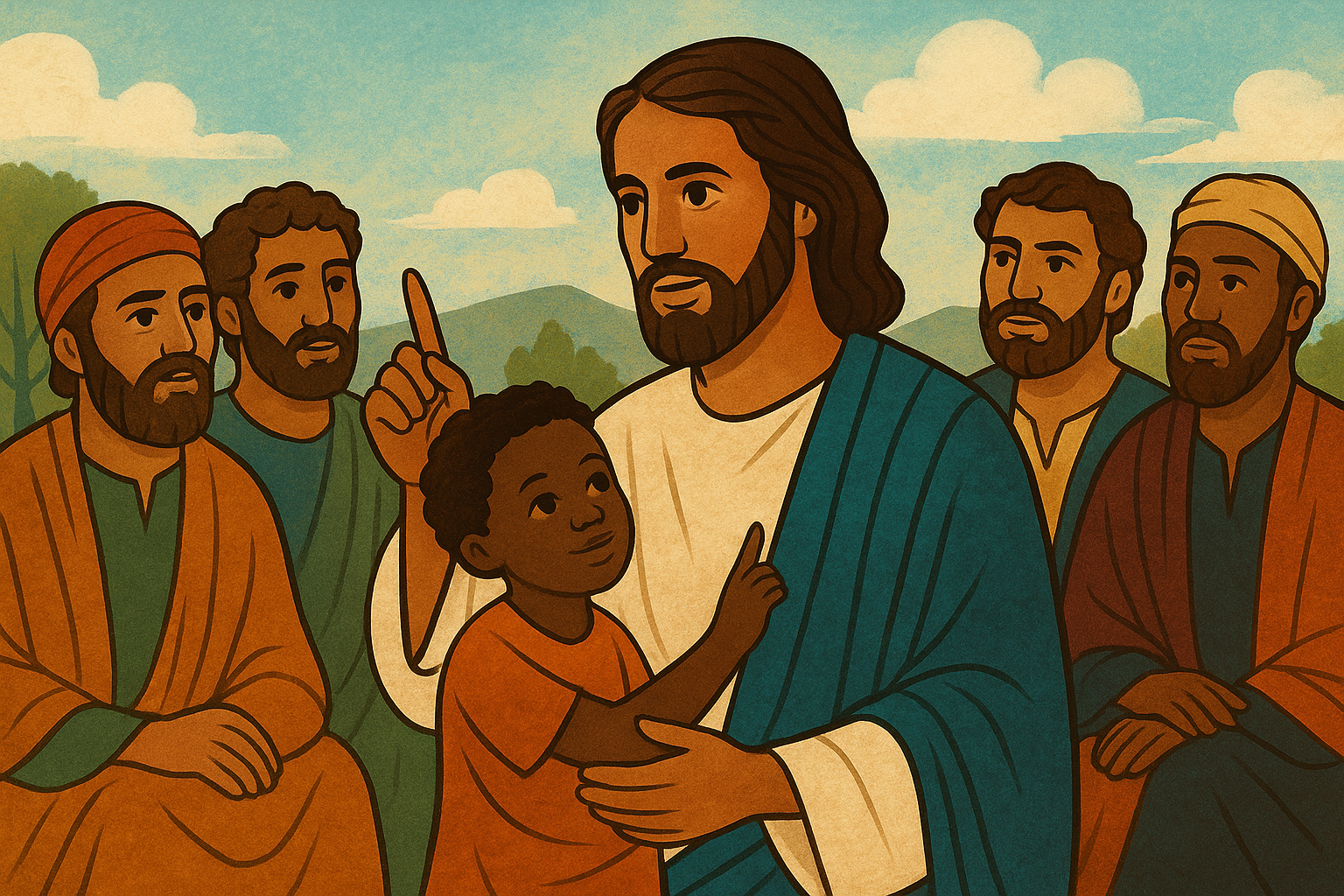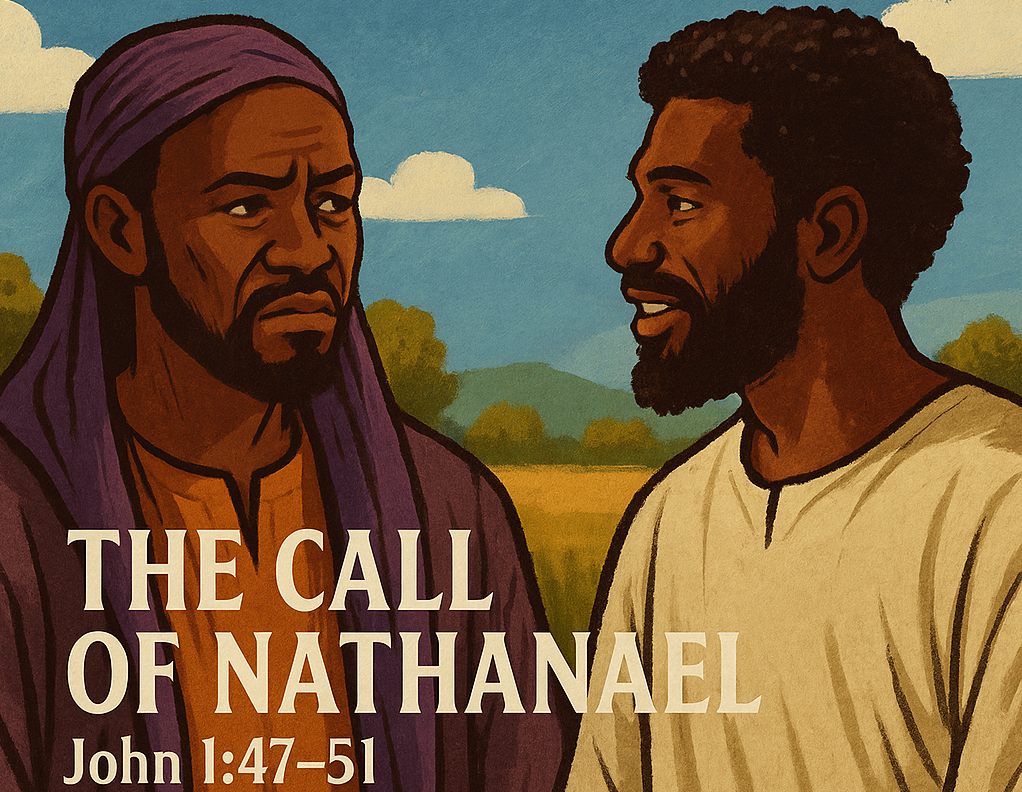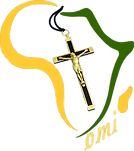Enugu-Ezike is a town in southeastern Nigeria, boasting a rich cultural heritage. However, in recent years, there have been significant changes in the town’s religious landscape. Certain Christian groups and leaders have taken it upon themselves to remove traditional worship centers, cut down sacred trees, and transform the sacred forests that were once prevalent in the town. As a result, some villages have lost all symbols of sacredness. However, this loss has been compensated for by establishing new churches, schools, and hospitals in several other areas. While some view this transformation as a positive change, others believe it leads to a loss of cultural heritage, which calls for it to be studied. This text appeals to save Enugu-Ezike sacred forests, trees, and shrines.
Landscapes Became Human and Walked Among Us
It is crucial to explore the concept of hominisation to preserve Enugu-Ezike’s sacred traditions and symbols. Hominization refers to the process by which humans transform natural landscapes into habitable and meaningful spaces. It is also a process that makes places assume human attributes, or places once considered unsuitable for certain religious practices assume a spiritual role. Enugu-Ezike could involve the creation of new pilgrimage centers and sanctuaries that incorporate the town’s cultural and spiritual heritage.
The Early Years of Jesus Jewish Friends
The earliest Christian writers who documented Jesus’ sayings and ministry and the life of early Christian communities faced the challenge of setting apart their narratives from many other conflicting ones. For example, by the time Jesus’ Ministry was unfolding, the idea of the Son of God was not new to the Roman world. The Romans considered the emperor the Son of God, and Pax Romana was the highest alliance anyone could obtain.
Thus, it was imperative that there be no confusion about Christ’s sonship and his promised peace. The earliest Christological debates focused more on setting the record straight that there is only one Son of God, and that the peace that matters is the peace that Christ gives, not that of Rome. There was also a need to transfer all ancient Jewish messianic attributes to Christ, the anointed of God, and to read in his resurrection a new form of exodus. The Book of Isaiah became, among many others, a key to bridging the past and the present, and hominizing the wording of the prophet in the person of Christ.
Architectural and Liturgical Development in the Early Church
To better understand this process, we can examine how early Christian churches were “hominized” to become significant religious centres. Christianity originated in the Middle East and was practised in homes and other informal settings. However, as religion became widespread, it became necessary to establish formal places of worship. The spread of Christianity has led to the development of church architecture and liturgy, transforming the religious landscape of Western Europe and beyond.
Hominization of Sacred Traditions and Symbols in Europe
Religious landscapes and ancestral worship have been transformed in France, England, and Ireland. The relics of saints were introduced to replace the worship of local deities and extend the lifespan of landscapes by turning them into universally accepted sacred locations. Areas that were sacred because of their natural landscapes are now associated with these new saints, who became symbols of sacredness in these places.
Hominization of Sacred Traditions and Symbols in Enugu-Ezike
To ensure the preservation of Enugu-Ezike’s cultural heritage, we can draw inspiration from its history and identify new locations to promote spiritual, social, and cultural experiences that reflect its cultural and religious heritage. The Enugu-Ezike ancestors did not haphazardly establish their sacred forests, shrines, and symbols. Instead, they crafted them in response to the social circumstances of their era.
Therefore, removing them without replacing them creates a void in society, which demands their presence and support. However, simply reinstating them as before is not feasible because modern-day Enugu-Ezike society requires new solutions rather than those created by our ancestors. This is why, those planning to reinstall defunct deities in their formal states are only embarking on a mission to prolong the lifespan of a project that has served its time. Today, it is necessary to determine their roles and provide an alternative to their presence through other culturally adapted solutions. It is imperative that all stakeholders, including the government, support efforts to protect the ecosystem by preventing the destruction of sacred trees and any form of deforestation.
An Appeal to Save Enugu-Ezike’s Sacred Forest, Trees, and Shrines
Finally, by hominizing Enugu-Ezike sacred forests and shrines, we can establish meaningful spaces honouring our ancestors and providing spiritual nourishment for future generations. Achieving this requires striking a delicate balance between preserving tradition and embracing change, but this is crucial for the continued vibrancy of Enugu-Ezike’s cultural heritage. It will also be the only way for Enugu-Ezike indigenes, who embrace Christianity, to comfortably navigate their newfound faith and their ancestral cultural and spiritual heritage. So, let us embrace the quest to save Enugu-Ezike’s sacred forest, trees, and shrines.
-
Facebook
-
Twitter
-
Linkedin
-
Whatsapp






